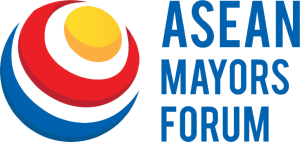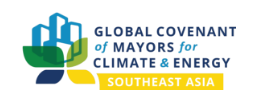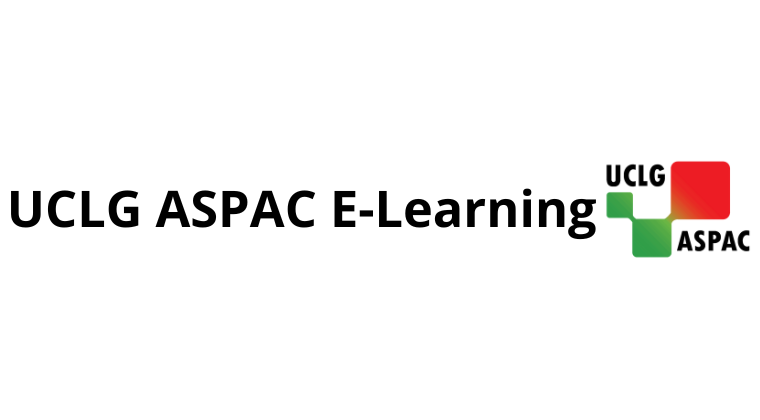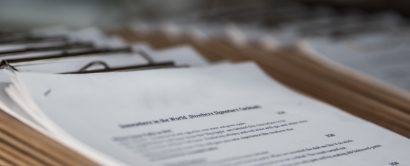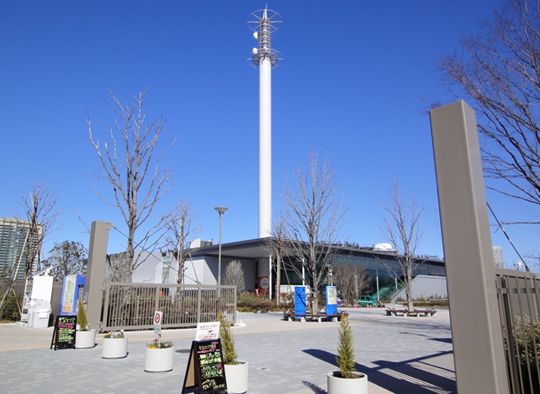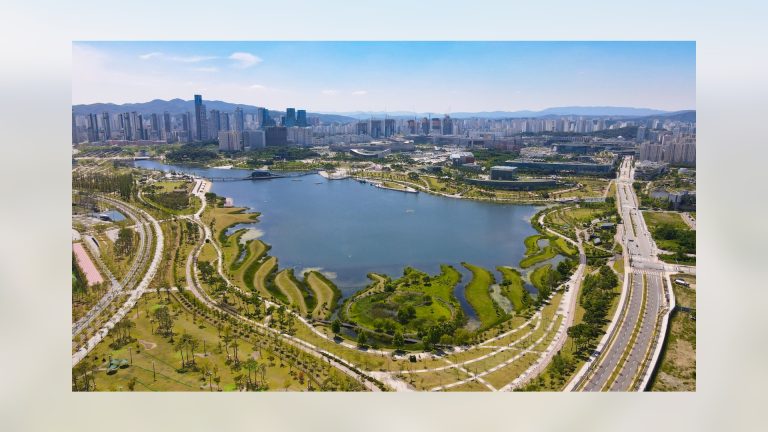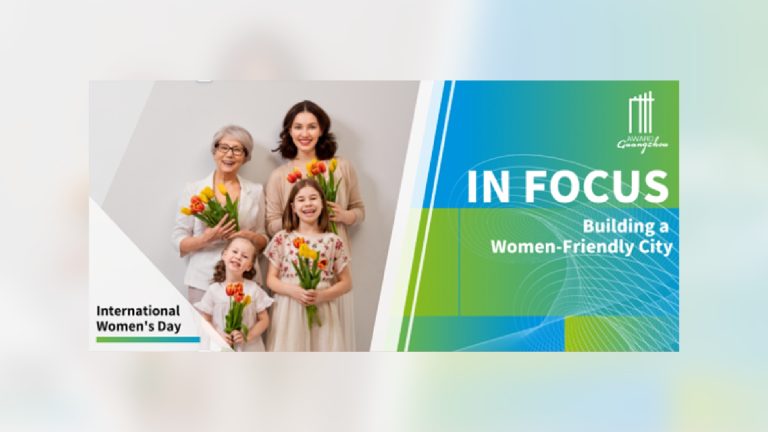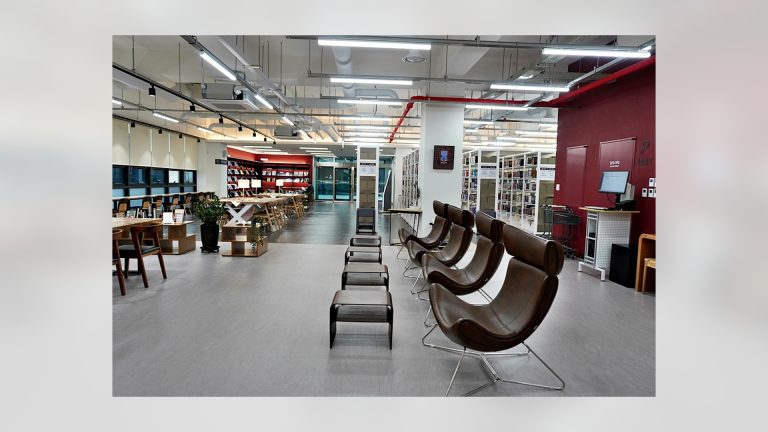Opening of Tokyo Rinkai Disaster Prevention Park as Japan’s Disaster Management Hub in 2010
Known as Sona Area Tokyo, the prevention park serves as a centre for disaster learning (during normal times) and management (during occurrence of calamities).
As a disaster learning centre, it provides an experiential learning for people to prepare for disaster through Tokyo Direct – hit Earthquake 72 Hour Tour in Disaster Prevention Experience Zone (first floor). The tour has been designed to help people survive for 72 hours following a disaster. 72 hours is an estimated duration that government will be able to establish support system.
Through the tour programme, people develop skills to survive a major natural disaster as well as to identify hazards and precautions in the event of earthquake by using tablet device. There is a replication of evacuation shelter used during Great East Japan Earthquake for people to experience staying in small living space, in addition to exhibition of emergency toilets, bench to be used as furnace during disaster event.
Furthermore, people can learn the mechanism of an earthquake, check possible maximum seismic intensity and expect damage for major earthquake hitting Tokyo Metropolitan Area. People will learn to reuse everyday items to be used as emergency supplies. There will be a workshop to learn to make slippers from newspaper and rainwear from plastic bags.
Educational Tools to Prepare Children for Disaster
Developed by Nobue Kunizaki, a crisis management advisor who serves as Head of the Risk and Crisis Management Education Institute Co., Ltd. in Japan, are various educative tools and programmes for children to prepare for disaster occurrences. She also advocates disaster prevention methods from woman and mother’s viewpoint.
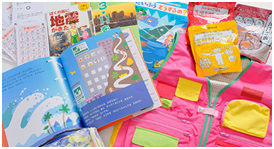 Tools developed from this initiative cover picture books, comics, TV programmes, radio appearances, lectures, seminars, workshops, and various events hosted by schools, companies and local communities nationwide. Important use includes attracting children to learn about self-safety in facing calamities and to provide them with hands-on learning opportunities so they can properly save themselves.
Tools developed from this initiative cover picture books, comics, TV programmes, radio appearances, lectures, seminars, workshops, and various events hosted by schools, companies and local communities nationwide. Important use includes attracting children to learn about self-safety in facing calamities and to provide them with hands-on learning opportunities so they can properly save themselves.
Nobue Kunizaki is involved with activities to develop educational tools and emergency goods, and becomes expert for councils related to disaster prevention. Accompanying her advocacy/campaign are suggestions to make disaster preparation as part of everyday life and to become more aware of disaster prevention during leisure and everyday activities.

